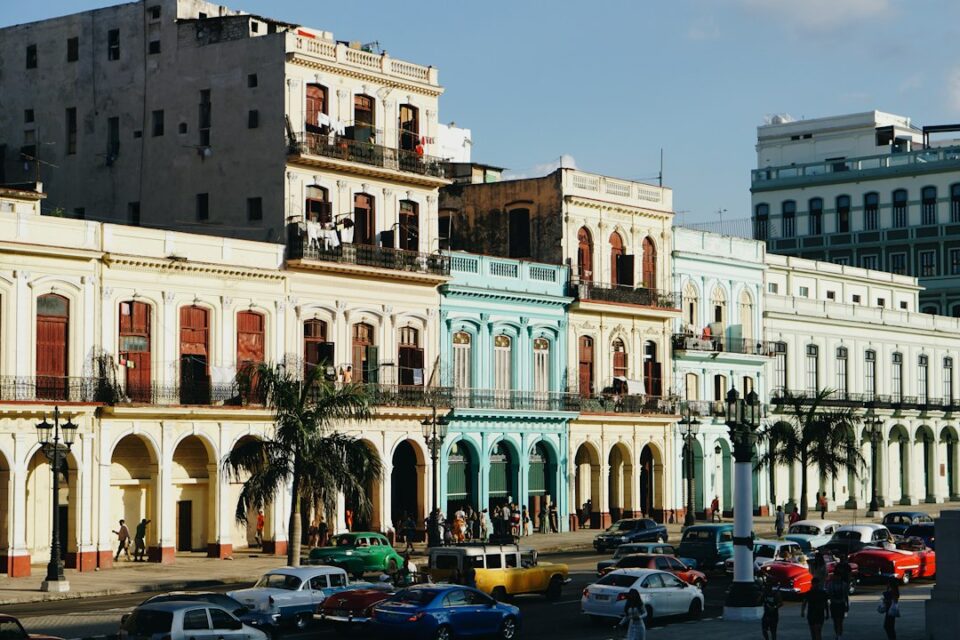Colonial Elegance: Visiting Havana’s Magnificent Palaces
When you think of Havana, Cuba, images of vintage cars, vibrant music, and colorful buildings come to mind. However, hidden within this bustling city are magnificent palaces, showcasing the grandeur of Cuba’s colonial past. Stepping into these opulent structures takes you on a journey through time, immersing you in the lavish lifestyle of Cuba’s elite.
One such palace that captures the essence of colonial elegance is the Palacio de los Capitanes Generales. Located in the heart of Old Havana, this stunning architectural masterpiece was once the residence of the Spanish governors during colonial times. Today, it stands proudly as a museum, inviting visitors to marvel at its meticulously restored rooms.
As you enter the palace, you are greeted by a central courtyard adorned with intricate ironwork and lush greenery. The courtyard serves as a tranquil oasis, transporting you away from the hustle and bustle of the city. Surrounding the courtyard are galleries filled with period furniture, delicate china, and artwork, showcasing the refined tastes of the colonial aristocracy.
Walk up the grand staircase to admire the opulence of the upper floors. Each room is beautifully preserved, with ornate ceilings, grand chandeliers, and exquisite frescoes. One particularly noteworthy room is the Sala del Trono, or Throne Room, where the Spanish governors would hold court. The room is adorned with lavish tapestries and portraits, transporting you back to a time of splendor and power.
Leaving the Palacio de los Capitanes Generales, a short stroll leads you to the Palacio del Segundo Cabo. This Neoclassical gem, built in the 18th century, offers a glimpse into the lavish lifestyle of high-ranking officials during colonial times. The building now houses the Office of the City Historian, but the ground floor is open to the public.
The ground floor of the Palacio del Segundo Cabo features a beautifully restored central courtyard, surrounded by various rooms that once served as social spaces for the elite. The Sala de Matrimonios, or Marriage Room, is particularly striking, with its exquisite wall paintings depicting romantic scenes. This room was used for marriage ceremonies, adding a touch of romance to the palace.
Continuing your exploration of Havana’s magnificent palaces, you cannot miss the Palacio de Aldama. Located in the Vedado district, this neoclassical palace is a true architectural marvel. Built in the late 19th century, the palace is a testament to the wealth and style of the Cuban upper class during this era.
Upon entering the Palacio de Aldama, you are immediately struck by the grandeur of the main hall. With its soaring ceilings, intricate moldings, and marble staircase, the hall sets the tone for the rest of the palace. As you venture further, you will discover rooms filled with antique furniture, crystal chandeliers, and intricate stained glass windows.
Finally, no exploration of Havana’s palaces would be complete without a visit to the Palacio de la Marquesa de Aguas Claras. Also known as the Palacio O’Farrill, this neoclassical gem was built in the 18th century and has been meticulously restored to its former glory. Every room exudes elegance – from the grand salon adorned with crystal chandeliers to the lavish bedrooms filled with period furniture.
What sets the Palacio de la Marquesa de Aguas Claras apart is its stunning rooftop terrace. Offering panoramic views of Havana, the terrace is the perfect spot to soak in the city’s beauty. Breathe in the warm Caribbean breeze as you sip a mojito and admire the contrast between Havana’s colonial architecture and its vibrant street life.
Visiting these magnificent palaces in Havana is truly an enchanting experience. They not only offer a glimpse into Cuba’s colonial past but also serve as a reminder of the island’s rich cultural heritage. So, if you find yourself in Havana, take a break from the bustling streets and step into a world of colonial elegance, where opulence and history intertwine seamlessly.


